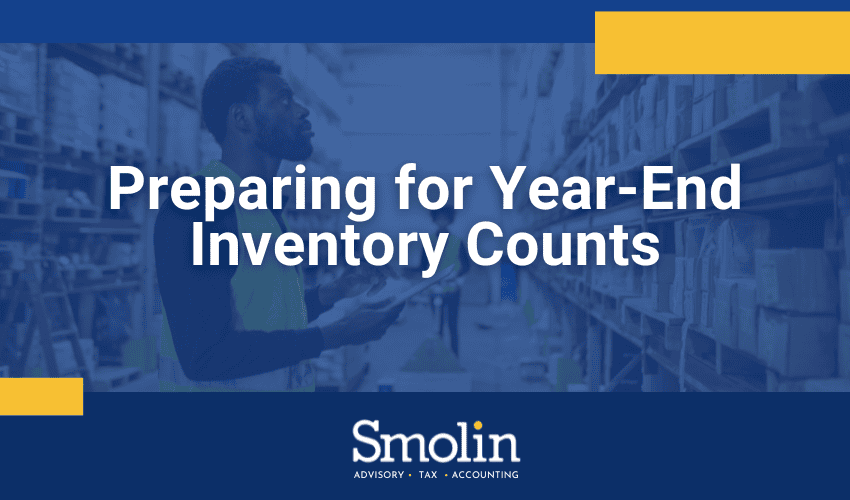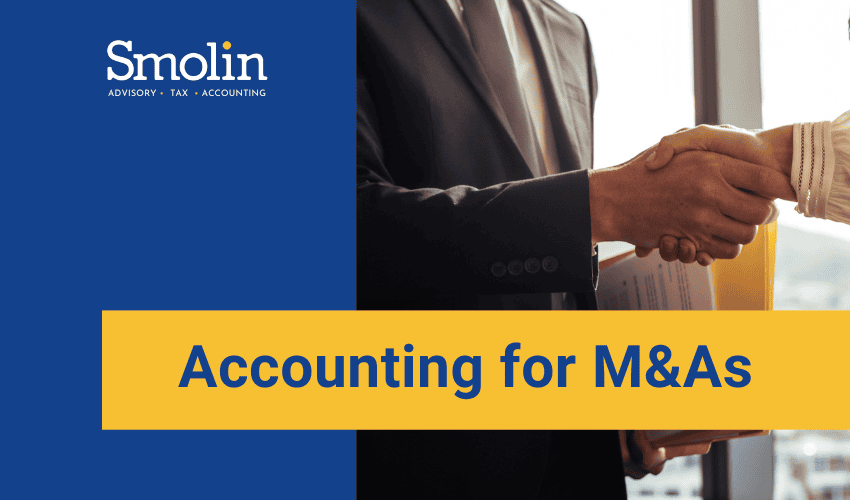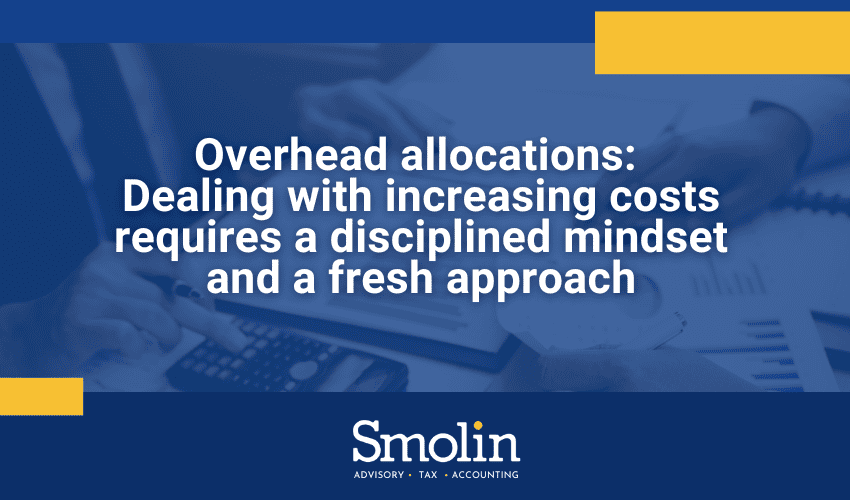Year-end is approaching quickly. If your business operates according to the calendar year, it’s time for a physical inventory account. While this task can feel tedious and time-consuming, it’s also a key chance to further develop your business’s operational efficiency.
As you prepare to undertake the count, let’s review some best practices that will help you make the most of the process.
The Importance of Accuracy
Accuracy is crucial for many reasons. After all, why bother going through the process of a physical inventory count only to wind up with inaccurate numbers? In addition, you’ll need a trustworthy estimate of ending inventory in order to accurately estimate your company’s annual profits.
For your income statement
For manufacturers, retailers, and myriad other businesses, the cost of sales is a major expense on the income statement. Calculating it is simple at the basic level. Simply subtract your ending inventory from the beginning inventory plus purchases during the year.
However, things can become far more complicated without an accurate count. If the inventory balance for the end or the beginning of the year is incorrect, it’s impossible to determine how profitable your company truly is.
For your balance sheet
When it comes to your company’s balance sheet, inventory is a major line item. In fact, inventory is often viewed as a form of loan collateral by lenders. Plus, stockholders review inventory-based ratios to evaluate the financial strength of your organization.
And, of course, determining the amount of insurance coverage you’d need in the event of a major loss isn’t possible without an understanding of your true inventory.
Importance of a Physical Count
Many companies use a computerized perpetual inventory. In it, value increases as you purchase goods (or raw materials are transformed into finished goods.) By contrast, it decreases as those goods are sold.
While this is a great first step, this method doesn’t always lead to an accurate count. This is why it’s so crucial to conduct physical counts at key times of the year as part of a strong internal control system.
In addition to double-checking the system’s accuracy, a physical count also signals to potential thieves and fraudsters that your company takes theft seriously and keeps a firm watch on its assets.
Challenges Involved in Estimating Inventory Values
Your balance sheet might include inventory that consists of finished goods, works-in-progress, and raw materials, depending on the nature of your company’s origins. Under U.S. Generally Accounting Principles, inventory items are recorded at the market value or the lower of cost.
Subjective judgment calls could be involved when it comes to estimating the market value of inventory, particularly if your business creates and sells finished goods from raw materials. For works-in-progress, assessing value objectively can be particularly challenging because it includes overhead allocations. Percentage of completion assessments could also be needed.
Prepping for the count
Completing some tasks before you begin counting will help the entire process run more smoothly. Steps include:
- Create (or order) inventory tags that are prenumbered
- Examine inventory ahead of time and look for potential challenges that should be addressed prior to counting
- Create two-person teams of workers and assign them to specific count zones
- If any inventory items are defective or obsolete, write them off.
- If any items are slow-moving, count them ahead of time and separate them into sealed, clearly marked containers.
Additional procedure for companies that issue audited financial statements
Arrange for at least one member of your external audit team to be present throughout your physical inventory count. However, don’t expect them to help with the counting.
Instead, they’ll be responsible for:
- witnessing your procedures (including any statistical sampling methods employed)
- evaluating inventory processes
- assessing internal controls over inventory
- running an independent count to compare counts made by your employees with your inventory listing
Questions? Smolin can help.
Over the years, we’ve witnessed the best (and worst) practices you could imagine when it comes to physical inventory counts. If you’re looking for more specific guidance on how to conduct a physical inventory count at your company—or simply additional recommendations on how to manage your inventory more efficiently year-round—we can help.
Contact your accountant to learn more.









